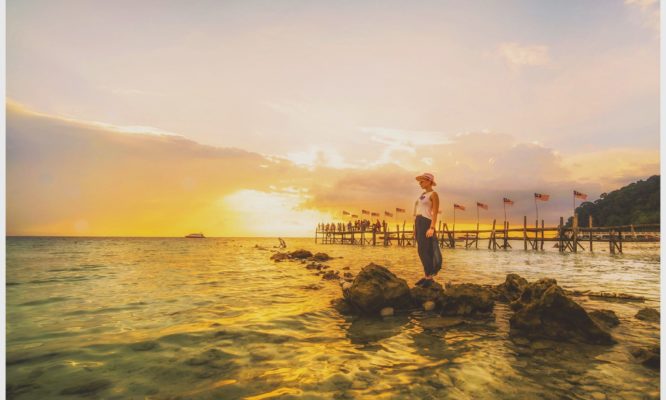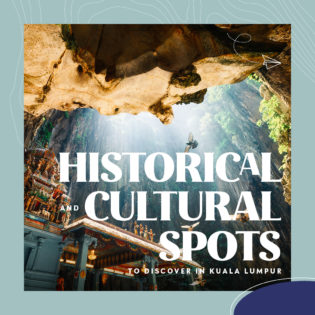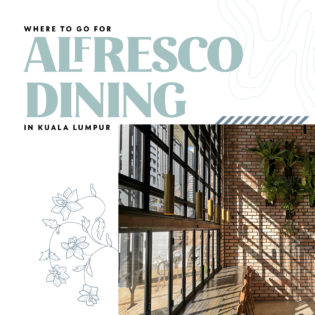Walk in the footsteps of the British royalty to learn the monarchy’s rich culture
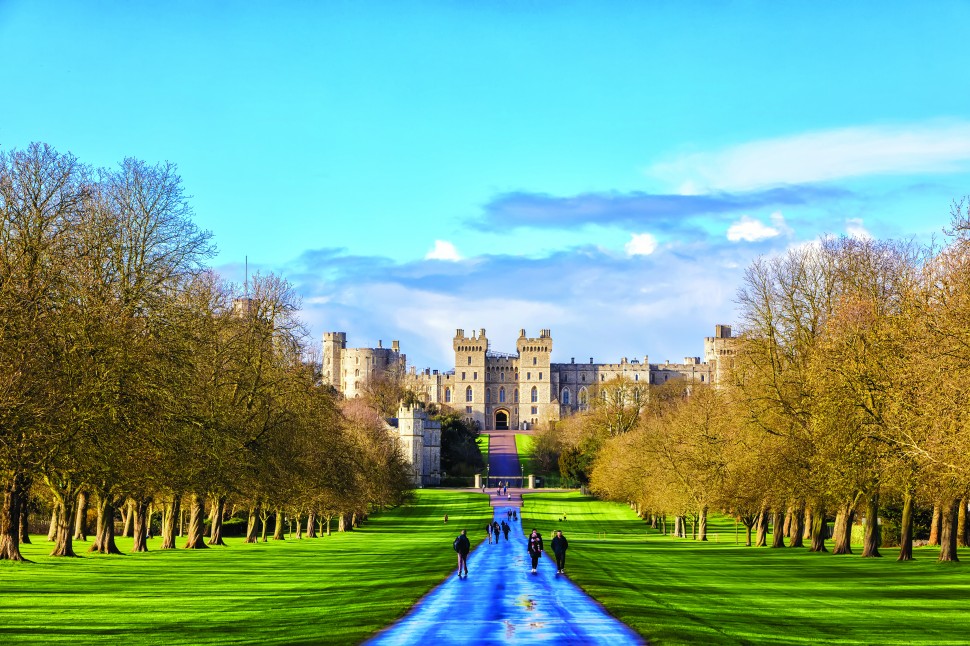
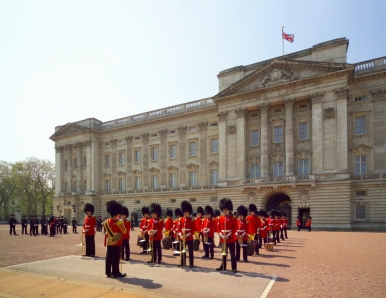
With all eyes on the U.K. this month as Prince Harry weds Meghan Markle, it’s clear that the royal family’s popularity is at an all-time high, with many people heading to Windsor Castle to get a glimpse of the royal couple on the day.
For people who want an understanding of the history of the royal family, Windsor Castle and Buckingham Palace are a good start. However, there are many more locations around the U.K. where people can truly walk in the footsteps of British royalty to gain an insight into the monarchy’s history.
Buckingham Palace

Possibly the most famous palace in the world, Buckingham Palace stands proudly at the end of the Mall in London. It became the official seat of the court in 1837, with Queen Victoria the official first head of state to call the palace home.
Nowadays Queen Elizabeth and the Duke of Edinburgh live in the royal apartments on the north side, while other members of the royal family live on the east side. During special events, the royals often make appearances on the palace’s balcony and wave to well-wishers standing on the Mall.
For those visiting London in the summer, you can get a glimpse into what life at the palace might be like by booking an entrance ticket to the State Rooms. The rooms are used for banquets and speeches and are decorated with paintings by Rembrandt and Poussin.
Every year, the palace adds a new exhibition, and this year’s will celebrate the 70th birthday of the Prince of Wales. Past exhibitions have included the Duchess of Cambridge’s wedding dress.
A visit to the palace finishes with a walk along the south side of the palace’s garden, where guests can stop for a cup of tea and a slice of cake.
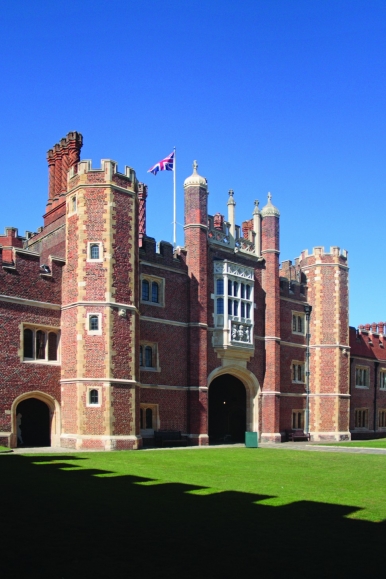
Hampton Court Palace
The 16th-century palace, situated on the outskirts of London on the side of the River Thames, is most famous for its important resident: Henry VIII. The King would hold lavish banquets and decorate it with expensive art.
It’s thought that the ghost of Henry’s wife Queen Jane haunts the palace, as does his fifth wife Catherine Howard. Jane died in childbirth, while Catherine was beheaded at the Tower of London.
Make sure to stop by Hampton Court’s royal chapel, which has been in continuous use for 450 years. The chapel itself is stunning with a bright blue ceiling painted with gold stars and Tudor-style decorations. Visitors on Sundays can attend church services, including Choral Evensong.
Younger visitors will enjoy the gardens, which have their own giant maze, enough to keep them busy for hours. For two weeks every summer, the palace plays host to the Hampton Court Flower show, the world’s largest annual flower show.
St Andrew’s
Everyone likes a romantic story, and that is certainly the case when it comes to Prince William and the Duchess of Cambridge, Kate Middleton. St Andrew’s in Scotland has become famously known as the place where the pair met in 2001 and began their romantic relationship.
Following the announcement of the royal engagement, the university claimed it was the U.K.’s number one match-making university, with one in 10 students meeting their future partner at the school.
Aside from exploring the grounds of the university itself, St Andrew’s is a lovely town to explore. It’s a popular golfing spot with former U.S. President Barack Obama visiting the course shortly after leaving his job at the Oval Office. If golf isn’t your thing, the town’s stunning coastline and its own Botanical Gardens will surely beckon.
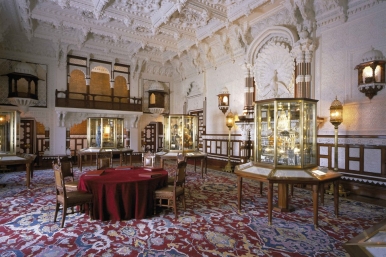
Osborne House
If you want to truly understand Queen Victoria, the current queen’s great-great-grandmother, then you have to visit her holiday home on the Isle of Wight. Victoria is often associated with Britain’s industrial expansion and economic progress. She bought Osborne House as a holiday home in 1845 and died there on 22 January 1901.
The house has been opened up for members of the public to gain an insight into what type of monarch she was and her relationship with her husband and children.
Visitors can wander around the Queen’s sitting room and see the balcony where Victoria and Albert used to sit together on summer evenings. The Indian collections are also worth a visit for a glimpse of the gifts that were handed to the monarch to celebrate her role as the Empress of India.
Another highlight is Osborne beach, the Queen’s own private beach, where her children learnt to swim. Younger visitors will enjoy the children’s Swiss Cottage, where the young royal children would spend most of their time. They even had their own vegetable patch.
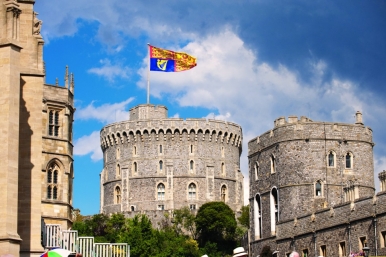
Windsor Castle
Standing proudly over the town, Windsor Castle is the oldest and largest occupied castle in the world, and luckily enough for those travelling to the U.K., it can be visited all year round.
Founded by William the Conqueror during the 11th century, it has been home to 39 monarchs, many of whom are buried in the Chapel. The chapel itself has intricate stonework and beautiful stained-glass windows. The wedding between Prince Harry and Meghan Markle will take place there this month.
Those visiting the castle will be impressed by its Grand Reception Room, with its large chandeliers. It was severely damaged during the great fire in 1992 but has been well restored. Another highlight is Queen Mary’s doll house, which was built for the Queen around 1921-1924. The house is now on display in a large glass case, allowing you to see its intricate attention to detail. The house even has working electricity!
The castle often holds special exhibitions such as of the Queen’s clothing throughout the years.
It’s also worth visiting the grounds of the castle and walking the ‘Long Walk’ into Windsor Great Park. The Queen herself is a fan, often riding horses in the area.
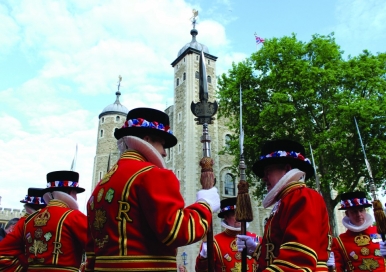
Tower of London
Standing watch over the banks of the River Thames, the Tower of London has played an integral role in the capital’s history for over 900 years. Two of Henry VIII’s wives, Anne Boleyn and Catherine Howard, were imprisoned and executed in the tower. Guy Fawkes was another famous name to be imprisoned and tortured at the tower after he attempted to blow up the Houses of Parliament in 1605.
Nowadays, the Tower of London is home to the Crown Jewels, still used by the Queen during important national ceremonies. When visiting, make sure to keep a look out for the Imperial State Crown. Queen Elizabeth wore it during her coronation and wears it at the annual opening of parliament. The Imperial State Crown contains 2,868 diamonds, 11 sapphires, 11 emeralds, 269 pearls and four rubies.
Younger visitors will be mesmerised by the performances on offer, one of which is a live historical reenactment of a battle to defend the tower. Visitors are asked to help the guards defend the castle from enemies.
The tower is constantly guarded by the Queen’s warders, known as Beefeaters. For an extra special experience, apply to join the Beefeaters after dark as they lock up the tower in the Ceremony of the Keys.
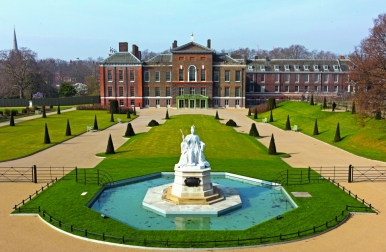
Kensington Palace
The late Princess Diana and the Prince of Wales once lived in Kensington Palace, bringing up their two sons William and Harry. The princes still reside there today. William and Kate live in an apartment in the main building, while Harry resides in a cottage on the grounds.
The palace is open to visitors all year round and currently has an exhibition on Diana and her fashion. It had been scheduled to finish earlier this year but was extended due to popularity. Visitors to Kensington Palace will also be able to see the state apartments and the beautiful King’s staircase, which is crammed full of 18th-century paintings.
Last year, a garden commemorating Princess Diana was added to the grounds. The White Garden contains over 12,000 Tulipa Diana flowers, 3,500 forget-me-nots and thousands of other flowers. It’s a good spot for quiet reflection inside the grounds. Visitors can enter the garden for free and do not need a ticket for the palace.
